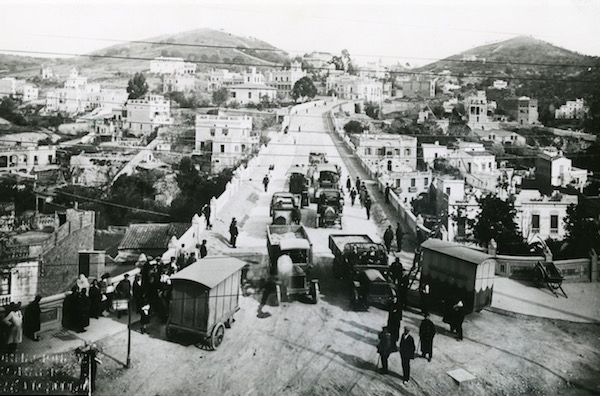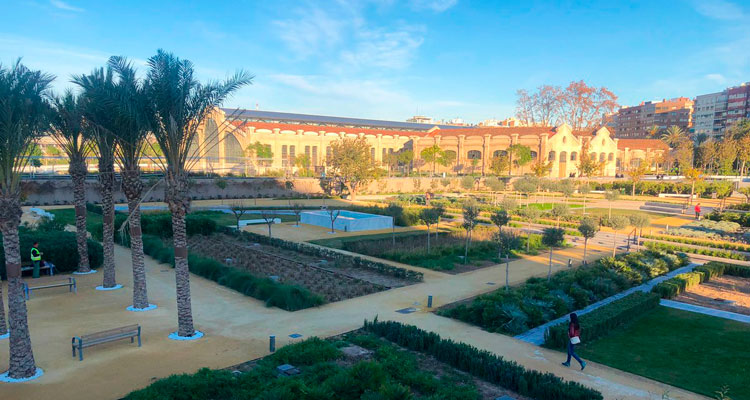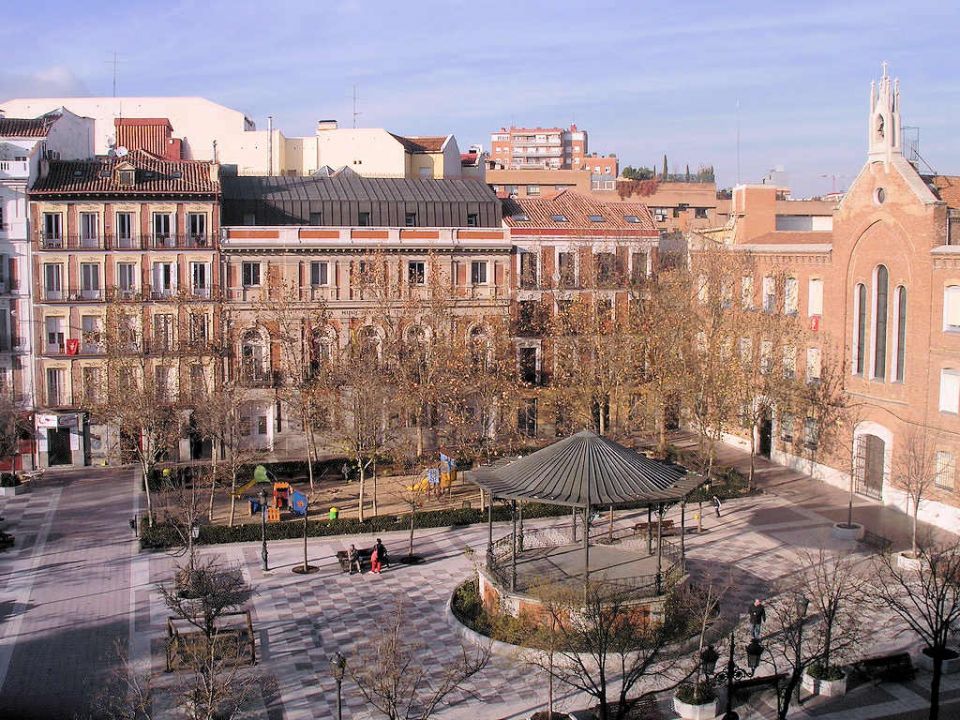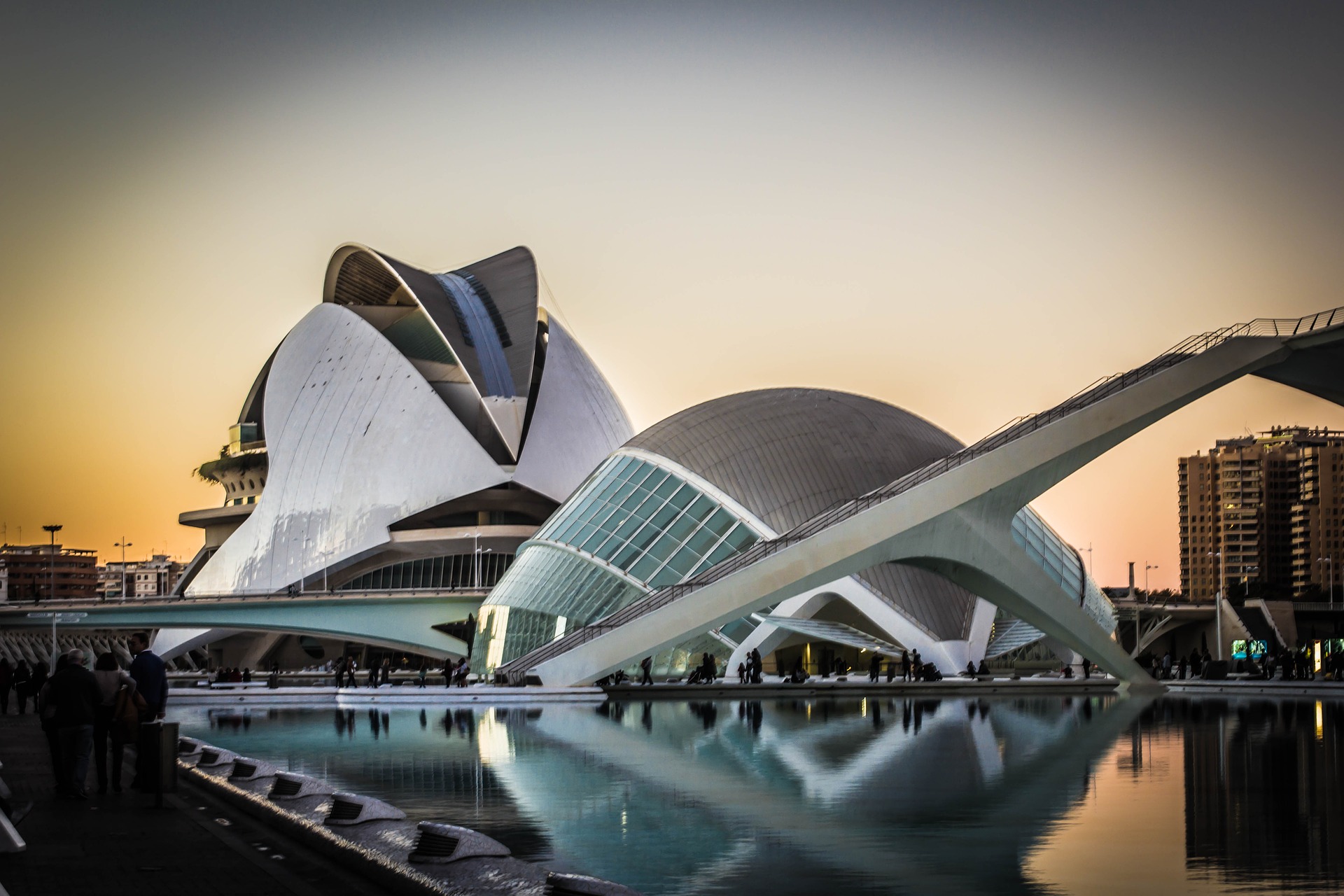A flat in Gràcia and a ration of vermouth coming up
Find out why Gràcia, one of Barcelona's most vibrant neighbourhoods, has such a limited real estate offer and what makes living here so special.

Gràcia is one of Barcelona's most vibrant and charming neighbourhoods, and it comes as no surprise that it is one of the most sought-after areas for both renting and buying a home.
Last year alone, 936 second-hand homes were sold in Gràcia. In the Barcelona City Council's public data on the supply of second-hand homes for sale in Barcelona during 2023In this table, we can see how the price per square metre is currently at 4,649 € / m2. If you want to consult the evolution of the price per square metre in Barcelona, do so in these tables on the registered property sales and sales price in Barcelona since 2013. You will see that the historical maximum is in 2019, at 4,867 € / m2... the neighbourhood is what it is, and the supply of properties is very limited.
Why is there so little housing on offer in Gràcia? Let's analyse it!

Gràcia offers a high quality of life, with a wide and varied range of services, local shops and a vibrant cultural agenda.
Living in Gràcia: little supply and a lot of demand for housing
Why are so few property owners putting their properties for sale in the Gràcia neighbourhood? There are five main reasons:
One of the reasons, and I think the most important one, is the high satisfaction of the residents in this neighbourhood. Gràcia offers a high quality of life, with a wide and varied range of services, all kinds of local shops and a dynamic cultural agenda. Special mention should be made of its squares, where neighbourhood life is a constant hive of activity. The family atmosphere and strong neighbourhood identity mean that many residents feel deeply rooted in the area and do not wish to move to any other part of Barcelona.

Another reason why homeowners are reluctant to sell their homes in Gràcia is the high rental yield: rental prices in Gràcia are considerably high because the demand for rentals in this neighbourhood is very high compared to other neighbourhoods in Barcelona. The high profitability of rentals in Gràcia is a solid source of income for their owners who, therefore, prefer to put the flat up for rent rather than sell it.
Another reason for the low supply and the high demand for housing in Gràcia is that, as no considerable drop in house prices is expected, on the contrary, homeowners are postponing the decision to put their property up for sale in the hope of making a higher profit. The shortage of supply in the market logically plays an important role in this revaluation expectation.
Another reason lies in the fact that finding a flat in Gràcia suitable for families with small children, elderly people, people with reduced mobility or other specific needs can become a very complex and time-consuming process; flats in Gràcia tend to have small and narrow doorways, the buildings lack lifts, and it is rare to find flats with parking spaces... for all these reasons, the fear of not finding a satisfactory alternative for the specific needs of the different stages of life can dissuade some homeowners from changing their home. If we follow this thread, we will see that Gràcia is a neighbourhood perfectly adapted to the needs of young people, who do not mind going up several floors on foot, often do not have a car, and it is also a very attractive neighbourhood due to the amount of leisure activities on offer and the dynamic cultural life. But this is precisely the segment of the population with scarce resources to access rental prices... and this also explains why it is one of the most stressed areas in Barcelona according to the document of the Generalitat de Catalunya on the stressed residential market areas.

Gràcia makes 'home' a much broader term than our four walls.
And to finish with some of the reasons for the low supply and high demand for housing in Gràcia, we have the emotional factor: for many homeowners, their home in Gràcia is not just reduced to the boring term of a real estate asset, because we cannot fail to mention the enormous emotional bond with the family, the traditions (Sant Medir, Las Fiestas de Gràcia, the giants, the correfocs...), the life in the squares, the vermouth, the films at the Verdi... In short, Gràcia makes "home" a much broader term than our four walls.
In conclusion, the shortage of housing for sale or rent in Gràcia is a complex phenomenon with various causes. The high satisfaction of its residents, the profitability of renting, the expectations of revaluation, the difficulties in finding housing adapted to specific living needs, and emotional factors (very important!), are some of the reasons that explain why Gràcia is a neighbourhood under stress due to the low supply and high demand for housing.
I'm looking for a flat in Gràcia, is it impossible?
Let us not despair. The situation of the real estate market is dynamic and can change over time. If you have indeed decided to change your home or buy your first flat in Gràcia, you should know that the search is not easy, and well worth a good walk through its beautiful squares and streets.
But first, let's put ourselves in context and do a bit of history.
A brief tour through the history of Gràcia
Originally, Gràcia was a territory dependent on Barcelona and sparsely populated. Between the 16th and 17th centuries, three convents and a series of towers built by the Barcelona bourgeoisie settled near the existing isolated farmhouses. During the first half of the 19th century, this small agricultural centre became the most important town in the Barcelona area, thanks to its progressive industrialisation, taking advantage of the availability of free land.
Gràcia became an independent municipality in 1850, by which time the so-called Vila de Gràcia had more than 13,000 inhabitants. In 1877, just 27 years later, the population had almost tripled, reaching 33,000 inhabitants. The desirability of integrating the Vila de Gràcia into Barcelona became increasingly important, in parallel with the progressive development of the Cerdà Plan, which was then in full expansion. Thus, from 1880 onwards, projects of common interest were born, such as the Passeig de Gràcia, which linked the Vila with the big city by following the old road.
When the Vila de Gràcia finally rejoined Barcelona in 1897, it already had almost 62,000 inhabitants and was a highly populated and active city, but with a great lack of facilities and services. Gradually, streets were built to connect the neighbourhood internally and externally, as well as facilities such as the Liberty Market (1893) and the Central Grocery (1892). The development was often carried out by the landowners themselves, which explains the physical discontinuity of some streets, as well as the numerous squares, usually one on each property.

Currently, the neighbourhood has a census population of 50,670 inhabitants and covers an area of almost 133 hectares, so put on your best trainers to start looking for a flat! But as we all know that every search has a technical stop, below we suggest not one, not two, not three, but six vermuterías that, be warned, you'll save on your favourites map and visit every Sunday, whether you live in Gràcia or not.

We're off to a vermouth bar in the Gràcia neighbourhood!
The Quimet is one of the emblematic bodegones of Gràcia, one of the few that withstood the impact of the boom in taverns in the area. And that is something we celebrate. Having a vermouth or a beer in charming places should almost be a compulsory subject every week. Yes or yes?
El Quimet has managed to preserve the essence of its beginnings, although it has now evolved beyond being simply a bodegón to become a cosy bar where you can enjoy exquisite cured meats, cheeses and dishes such as octopus with potatoes or homemade salad, among others. They also dare to try more elaborate dishes, such as cheeks, scrambled eggs or a delicious grilled octopus. All of this is always accompanied by a glass of wine, a vermouth, a beer or an elegant glass of cava, which takes the experience to another level.
The Neus Winery is an establishment with a rich history, as evidenced by its slogan "Despachando desde 1917" (Dispatching since 1917). Located in Benet Mercadé, an alley in Gràcia named after the Nazarene painter, this place used to be a shortcut frequented by traders coming and going from the Liberty market, stopping for a bite to eat.
In the past, the Fonollosa family, owners of the winery, sold wines in bulk, stored in the traditional barrels that still stand on the mezzanine floor of the premises. As was customary in the fondas of the time, Celler Neus had its star dish, the capipota, and the current owners, the boys from La VermuThey have strived to keep it as the signature dish of the place.
This devotion to preserving tradition is reflected in everything. The wine is served straight from the barrel and if you order vermouth, it comes with classic tapas such as cod with samfaina or the emblematic bomba catalana.
La Vermuteria del Tano is an authentic neighbourhood bar that, since its founding as a modest bodegón in 1927, has become a revered institution in Gràcia. Since the late 1990s, Tano has kept the essence of this establishment intact and preserved its authenticity and charm.
It serves vermouth of the renowned Perucchi brand, and in the past, this vermouth was also sold in bulk. It also offers top-quality preserves, ranging from the classic olive and anchovy banderillas to anchovies, cockles, mussels, cuttlefish and artichokes.
The ambience of the place is unique, with its marble decoration, iron door and an atmosphere that oscillates between hypnotic and euphoric, I don't know if you know what I mean. Visiting La Vermuteria del Tano is an experience that leaves a lasting impression, and it is very likely that you will be tempted to come back again and again...

Can Ros is one of those old-fashioned bars where you can enjoy everything from a comforting fork breakfast, to a leisurely coffee while you browse the newspaper or revitalise yourself with their classic and unusual meatball sandwich. You can also try the legendary artichoke omelette, a delicacy you will remember forever.
The versatility of Can Ros is its hallmark; you can visit at any time of the day and you will always find something delicious to satisfy your hunger.
Cal Pep is a tavern that has stood the test of time and is located on Carrer Verdi, one of those places in the city that reveal real gems as you go up or down. Just before you reach Travessera de Dalt, you'll come across the name sign that reveals the identity of its former owner. This beret-wearing, moustachioed gentleman ran the tavern for 49 years, from 1937 to 1986, serving only wine, water and ice. Today, Rafael Ortiz has been running the place for 4 years.
In the mornings, the tavern fills up with locals and office workers, who enjoy sandwiches, lacón, tortillas, and the traditional house vermouth, always accompanied by Antequera olives, peanuts and lupines, courtesy of the house. It seems that time has stood still in Cal Pep, providing a nostalgic and cosy atmosphere that invites you to stay a while longer.
Can Codina is a bar founded in 1931 that has survived through a republic, a civil war, a dictatorship and today's democracy. Throughout this period of time, the bar has managed to remain standing and has become a mythical place in the Gràcia neighbourhood where politicians and workers' movements, F.C. Barcelona footballers, artists and pioneers of Catalan rumba such as El Pescadilla, Peret and Gato Pérez have gathered.
Aesthetically, the premises retain the same ornamentation and layout that Mr Codina designed in 1931. Since then, three generations of the family have run the bar without making any changes other than those strictly necessary. It was not until a few years ago that the last Codina handed over the business to someone who was committed to maintaining its essence and spirit. Fortunately, a regular customer now runs the business and has adapted it to modern times while respecting the layout and aesthetics of the premises, as well as the classic dishes, such as cap-i-pota and pig's trotters. History, tasty food and craft beers in one package.





